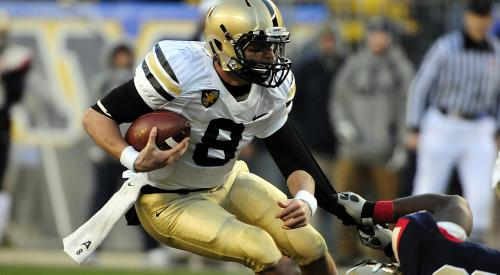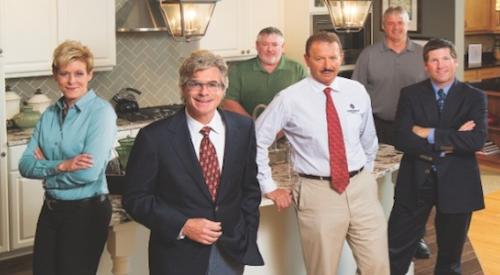We all know that teamwork is an important ingredient in building great homes and great relationships with our customers. This importance is substantiated by Woodland, O'Brien & Scott studies showing that a builder's teamwork rating is a good predictor of future referral sales. Given the importance of teamwork, particularly as we head into a busier year end construction and closing season, the following teamwork fable may be helpful.
In the days before civilization, out on the prairie, lived four oxen: Randy, Todd, Scott and Chuck. These oxen had learned over time that they were safer as a group. Whenever anything that looked dangerous approached, twitches from any of the oxen's' ears was the signal for all of them to band together and take defensive positions. Their defense was elementary but effective. The four oxen would back their tails together with each ox facing outward. (This may have been the first recorded "I've got your back" teamwork.) This configuration allowed the oxen to see in all directions.
Over the years they had often met a roaming individual ox enjoying the succulent prairie grasses, but after a short while every lone ox disappeared. The four oxen guessed that the lone ox may have moved on to "greener pastures." This was perplexing to them given that there was more food available than could be consumed by a thousand oxen.
Naturally, these four oxen were constantly on the lookout for the perils of the prairie, particularly lions. A frequent threat was one local lion (let's call him Ryan the Lion) that had been hanging around for many years. On one occasion Ryan had stalked these four oxen only to learn that as a group they were a formidable force. On that occasion, Chuck sighted Ryan and twitched his ear. The four immediately backed into their defensive position and were ready with horn and hoof wherever Ryan approached. This teamwork neutralized Ryan's element of surprise and foiled his attack. Ryan never stalked them again. There was easier prey available.
One year, rain was rare. The once lush prairie had bare spots and food was harder to find. The oxen had to work harder to fill their bellies, and the hot dry weather made them uncomfortable and cranky. One fateful day, the oxen disagreed on where to graze. Todd wanted to head for the hills, Randy was in the mood for the river, Scott had heard a rumor of some good tasting wildflowers near the rocks, and Chuck thought the grazing was just fine where they were. Todd remarked that they always got good grass at the rocks - always! Randy pointed out that water was always a good thing - always! Scott called Chuck lazy for wanting to stay put, and Chuck responded with a totally uncalled for remark about Scott's mother. Angry grunts were exchanged, driving a wedge among the four oxen. They decided to split up and pursue their individual grazing goals.
While the oxen appreciated their independence at first, it did seem as though the grazing choices weren't as rich and varied as when they all considered where to go. Todd got thirsty, Scott found himself getting tired of flowers, and Chuck decided that maybe it really was time to graze somewhere else. But before they could decide whether to find their old buddies (oxen don't do anything quickly), it was too late. Ryan discovered that the herd had disbanded. Ryan had no trouble stalking each lone ox and doing what lions do (how's that for saying it nicely).
And the moral of the fable is - now don't get ahead of me here. Yes, homebuilding is also a team activity requiring coordinated efforts from Sales, Design Studio, Field, and Internal Operations. When all four work together as a team they accomplish more than just protecting themselves against potential threats such as an upset customer, a new competitor, or a tough market. The team can also confer on resolution strategies using the "two (or four) heads are better than one" philosophy, to enhance solutions and be on the same page. Most importantly, a homebuilding "team" sends a loud and clear message to clients that the team is well informed, cares about the customer, and is professional and supportive of one another. That kind of teamwork is as obvious to a customer as it was to Ryan the lion.
Our Woodland, O'Brien & Scott customer research shows a strong correlation between how a customer rates their builder's teamwork and the customer's enthusiasm and propensity to refer the builder to family members and friends. The higher the teamwork rating, the higher the customer enthusiasm for the team, and the more prospects the customer refers to the team. So, being part of a team is easier, more enjoyable, more productive, generates more business and better serves the customer. Unfortunately, in very busy (i.e. year end closings) times it's harder to continue to keep up the team spirit. All it takes is one team member to wander off, or criticize another team member and the strength of the bond weakens.
How's that for a revolutionary concept? A team mindset has countless benefits for the team, the organization, and ultimately, the client. It is essential in both challenging times and especially extremely busy times, too. Or, as the saying goes, "united we survive; divided we fall - victim to Ryan." (Or something like that.)












